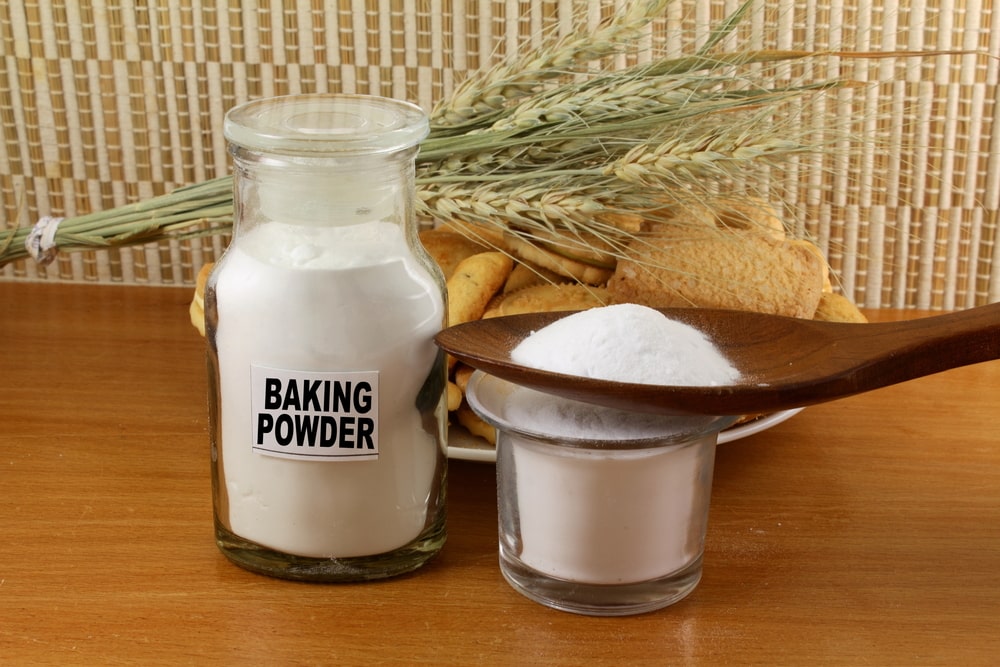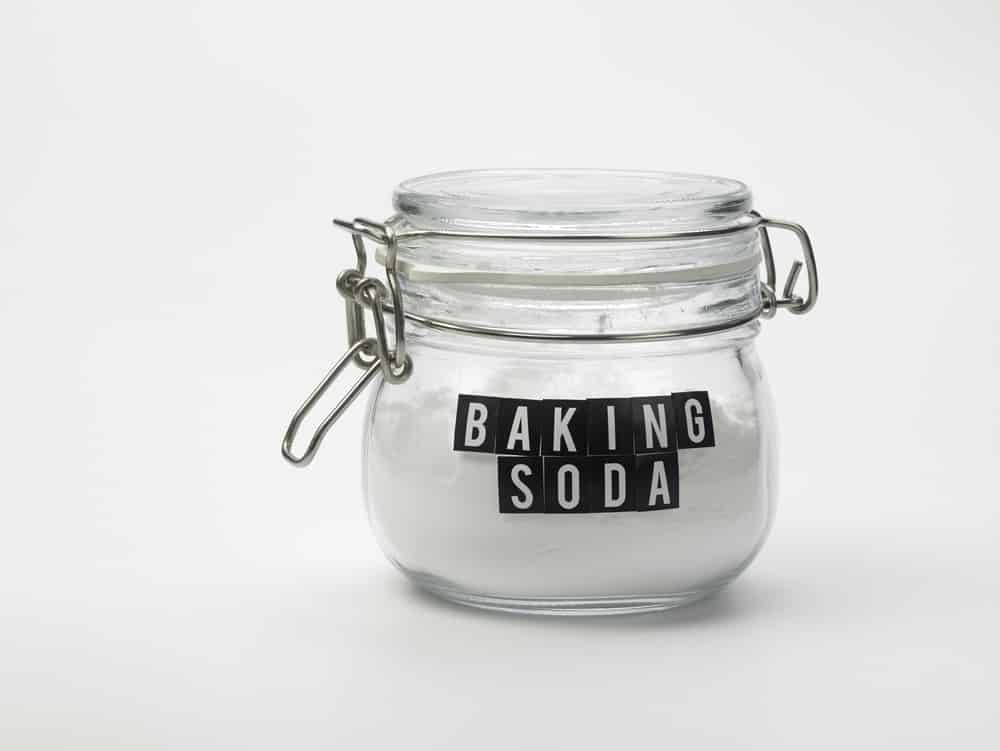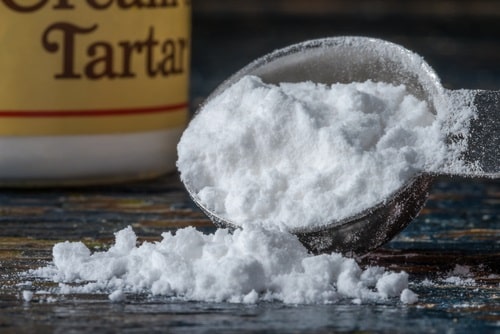
Ammonium carbonate is a chemical that acts as a leavening tool. It is made by mixing two components: the alkali and the acids.
It is used for baking in replacement of baking powder & baking soda. It makes the texture lighter, and the goods become crispier. It also has low moisture content.
All these factors make ammonium carbonate an essential ingredient for baking, but some people don’t have it with them, or it’s not readily available.
Therefore, a few substitutes can be used when you don’t have ammonium carbonate while baking.
Ammonium Carbonate Substitutes
1. Baking Powder
Baking powder can be used when ammonium carbonate is unavailable. The ratio in which baking powder can be substituted with ammonium carbonate is one to one, and one is two or three.
This means while substituting, a similar amount of baking powder can be used as that of ammonium carbonate.
Baking powder is made from acidic salts & baking soda. It also has alkali and can be mixed with baking soda too. These mixtures work together through a chemical reaction.
It will create carbon dioxide gas bubbles when mixed. This expands the batter and gives it a consistent outcome.
Baking powder can be easily used in baking. It is readily available and frequently used to leaven baked goods. There is a buffering agent in the baking powder, which makes it an excellent
However, you must be very careful as it is a perishable product. You can quickly check whether the baking powder is in good condition and if it can be used in baking.
You can test it by mixing one teaspoon of baking powder with water. If it bubbles, it means it can be used, but if it doesn’t, don’t use it as a substitute for ammonium carbonate.
It can be bought from the baking aisle of grocery stores. In addition to that, it has a long shelf life if stored properly in an airtight container.
2. Baking Soda
Baking soda is the next substitute on our list. The ratio for substituting baking soda for ammonium carbonate is one to ¼, which means that you can add 25% more baking soda compared to ammonium carbonate in the baking batter.
This is because the formula used in ammonium carbonate is more potent than that in baking soda.
To form carbon dioxide bubbles, baking soda is combined with an acid, which is necessary for baking goods. Like baking powder, baking soda is also alkaline.
This will result in the dough rising, and the batter will also expand. Bakers also use it to leaven baking items, such as cakes. Apart from that, it has lots of other culinary uses as well.
When it is decomposed, it releases gas. To remove the gas bubbles, the baking soda temperature should be above 80 degrees Celsius.
3. Cream Of Tartar
Cream of tartar can be substituted with ammonium carbonate by mixing it with baking soda. This is because the combination of baking soda and ammonium carbonate produces carbon dioxide, which is used to leaven the baked products.
Unlike its name suggests, the cream of tartar is not actually a cream. It’s a dry product in a powdery form. It is also called tartaric acid in the scientific language.
To substitute one teaspoon of ammonium carbonate, you must combine ¼ teaspoon of baking soda with half a teaspoon of cream of tartar to make the right mixture.
Cream of tartar is easily available in all grocery stores. It gives a melting texture to baked products.
Cream of tartar can be used to make a variety of desserts. Just as ammonium carbonate gives a moist, flavorful, soft, and delicious taste to baked products, it will also provide a similar taste and texture.
The Bottom Line
The great flavor and versatility of ammonium carbonate may make you think that it is hard to substitute; however, it is not.
We have discussed some of the best alternatives to ammonium carbonate that you can try if it is not available.


